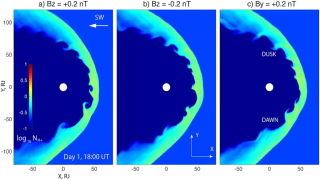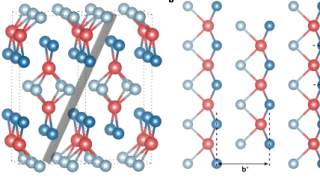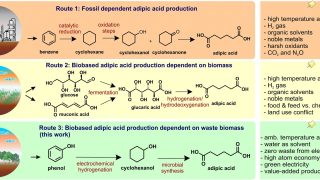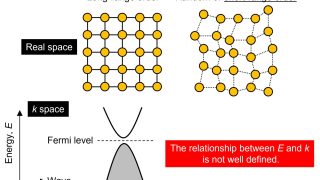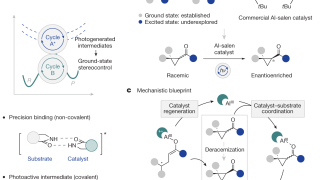
Light-controled deracemization
Just like our hands, certain organic molecules relate to each other like an image and its reflection – a phenomenon that chemists call “chirality” or “handedness”. The two mirror images of the same molecule, namely both enantiomers, often possess different biological properties. This is key, for example, for drug discovery, as many times only one […]
